The universe is amazing and mysterious. It contains billions of stars and even more planets, asteroids, comets and other bodies. But among them there are also unusual and even strange bodies. Let's talk about them. 
"Falling star 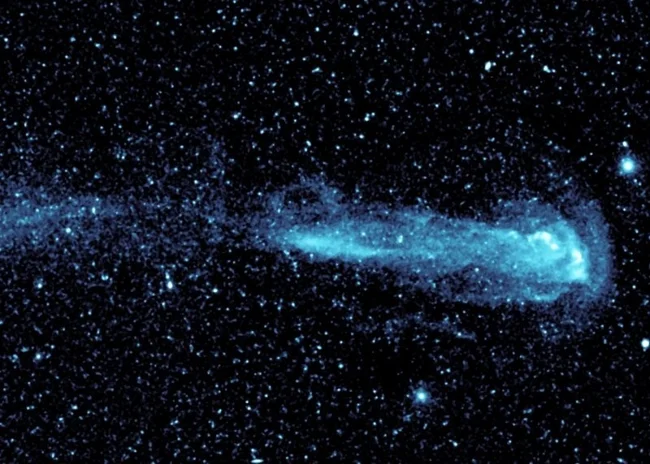
How often do you watch meteor showers in the summer? They are also called shooting stars. But not everyone knows that scientists have also found a real shooting star. It is called Mira and consists of two bodies at once: the red giant Mira A and the white dwarf Mira B. It is located at a distance of 417 light years from us in the constellation Cetus. Its mass is equal to 1.2 solar masses, and its radius is up to 400 times the radius of our Sun.
In 2007, the star was discovered to have a tail of dust and gas 13 light years across. And this distance is much greater than the distance from us to the neighboring star. Comets that fly towards the Sun also have such tails. 
Every ten years the world loses energy, which in mass corresponds to the mass of the Earth. This happens because the star flies through the galactic cloud of gas at a speed of 130 km/s. All "normal" stars, in turn, rotate through the galactic center.
Cold star 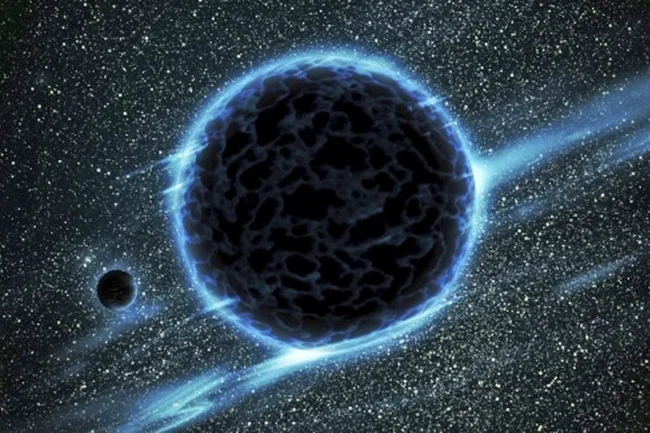
We are all accustomed to thinking that stars are very hot bodies. But there are also exceptions. For example, the “frozen” star WISE 0855-07 14. The star is a (sub-)brown dwarf and is located in the constellation Hydra. It is located relatively close to us - only 7.2 light years away. Interestingly, the temperature on it is very, very low - only from -48 degrees Celsius to -13.
The mass of the star ranges from 3 to 10 times the mass of Jupiter, and its age is estimated at 10 billion years. It is also interesting that bodies of this type can often be classified as stars and planets. True, they are formed like stars, but they are quite cold. And this very star is the coldest one now known to science.
Wandering Planet 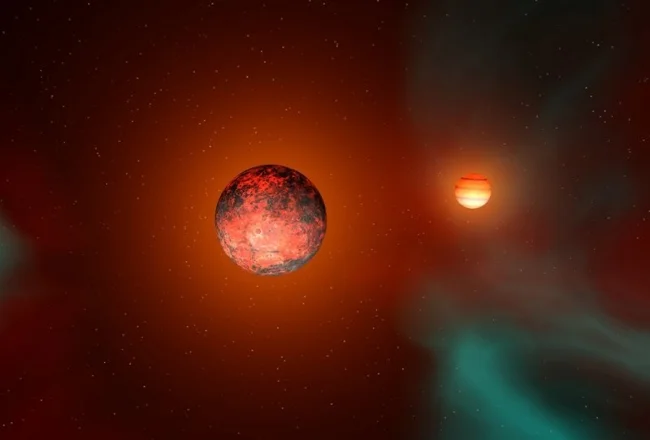
In 2013, one of the scientific journals published material about a very strange object - the planet PSO J318.5-22. This body does not have its own star and almost nothing is known about it. Scientists do not know how it appeared and what happened to its star.
At the same time, the planet itself, according to scientists, is very young by cosmic standards: it is only 12 million years old. This is a gas giant with a mass 6 times greater than the mass of Jupiter and is located at a distance of 80 light years from us. 
Previously, it was unknown about bodies that move freely in space. This planet can also be observed through a telescope. Previously, this was impossible due to the fact that the stars were nearby. The surface temperature of PSO J318.5-22 is 885 degrees Celsius above zero. So if you want to go on a trip, bring some ice. And more.
Supergiant with a neutron star inside 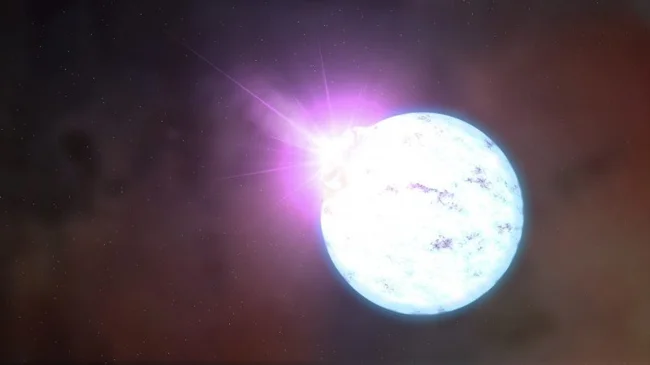
The red supergiant HV 2112 is located in the constellation Tucana and is considered a leading contender for being called a Thorne–Zhitkow object. That is, a hypothetical red giant whose core is a neutron star. It is important to understand that neutron stars are formed due to supernova explosions. The mass of the star is comparable to the mass of the Sun, but its radius is no more than 20 km. 
Such bodies can be formed due to the fusion of elements of a binary system. Hypotheses about the possible existence of a star arose in the last century, but only now has it become clear that such an object actually exists. True, they are short-lived. Most often they decay into a pulsar and a neutron star.
Largest water reservoir 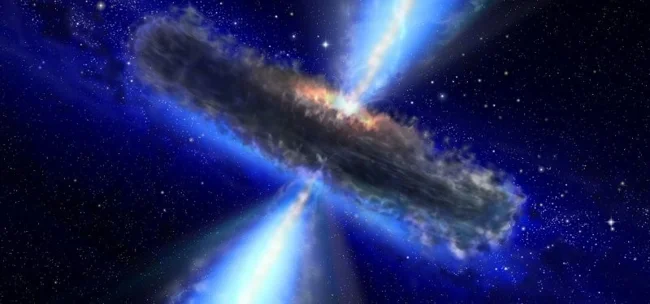
In 2011, scientists discovered the quasar APM 08279+5255, which is surrounded by an “ocean” 140 trillion times the volume of all Earth’s oceans. This is exactly how much water is in the shell around the quasar, which contains water vapor. And the size of the region is about a hundred light years. 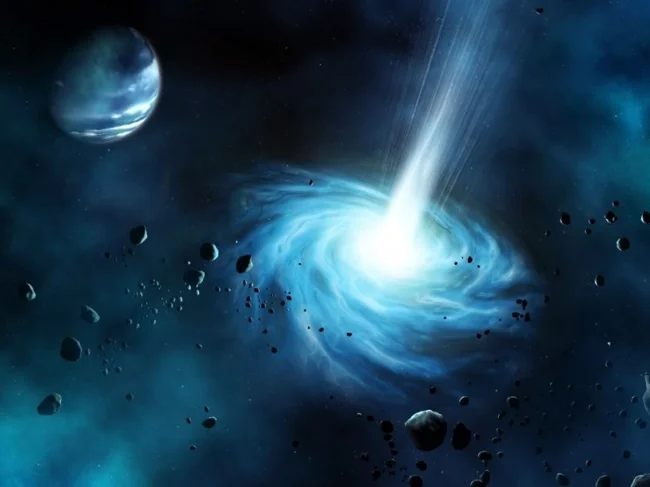
If water suddenly disappears from our planet, and we need to look for alternatives in space, it is best not to consider APM 08279+5255: it is located at a distance of 12 billion light years from us. And this is practically the border of the observable Universe. Because of this, by the way, we see the quasar as it was at the early stage of the evolution of the Universe.
Impossible black hole 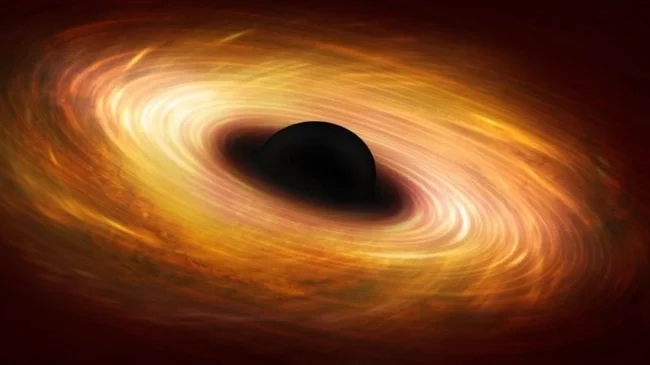
This object was discovered only in 2015: a gigantic and very ancient black hole that became the “feeder” for the brightest quasar in the early Universe, SDSS J0100+2802, located 12.8 billion light years away.
The mass of the black hole is 12 billion times greater than the mass of the Sun, and the energy that the quasar absorbs exceeds the solar energy by a quadrillion times. The quasar appeared 900 million years after the Big Bang. 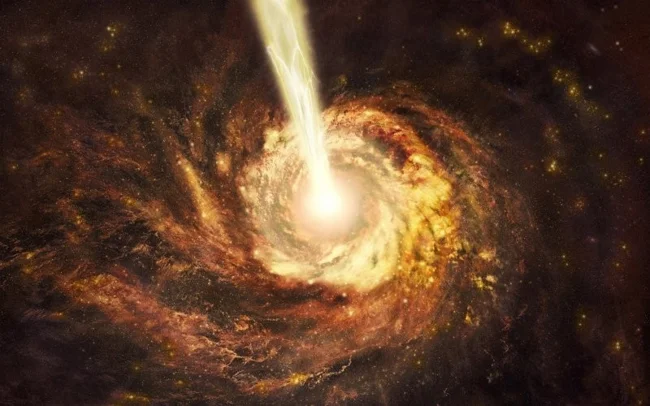
And it is not entirely clear how exactly the black hole supplying the quasar was able to gain such mass in such a short time. After all, we see them only at the stage of the birth of the Universe and it’s scary to even imagine what’s happening to them now.
Asteroids of the Solar System 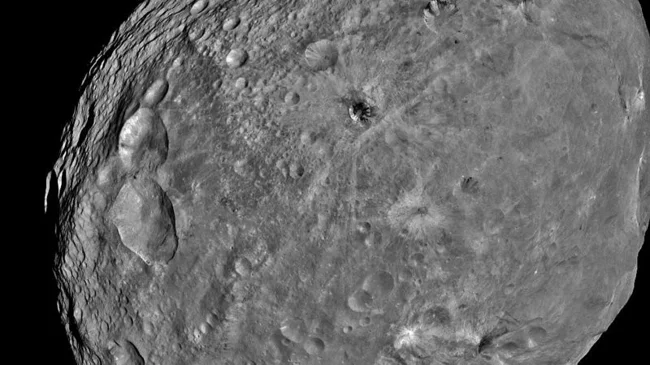
7968 Elst-Pizarro is a main belt asteroid. It has the characteristics of both an asteroid and a comet. Its orbit lies in the asteroid belt between Mars and Jupiter, but unlike other asteroids, when passing perihelion, it leaves a tail that is more reminiscent of the tail of comets. Although, as a rule, asteroids do not behave this way.
A year in 20 hours 
Planet COROT-7b is truly an inferno. It is approximately 1.5 times larger than the Earth in size, but it is so close to its star that it covers a year in only 20 hours.
The temperature on its surface is so high that the oceans and seas on it are made of molten iron rather than water. True, it is located almost 500 light years away from us, so we are unlikely to be able to experience real heat. 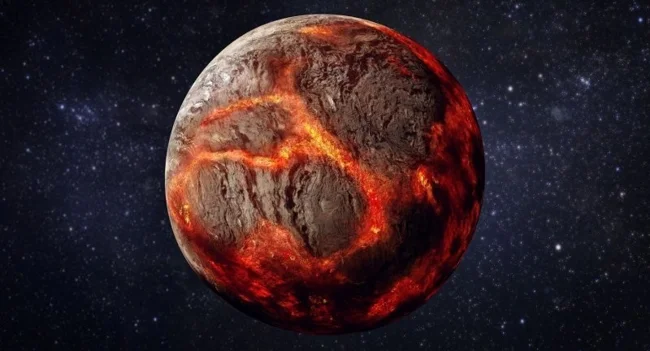
Space beacon 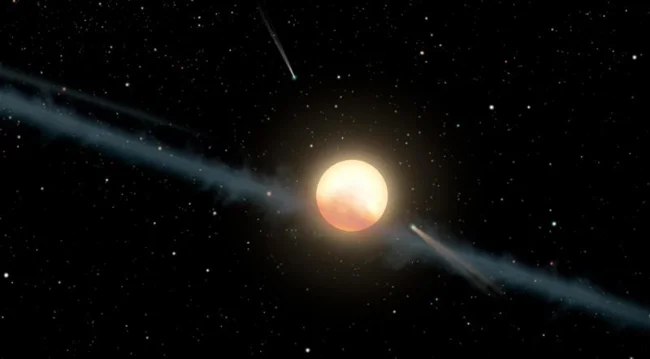
Tabbys Star is an unusual star. It is usually classified as a yellow-white dwarf. It is located in the constellation Cygnus. 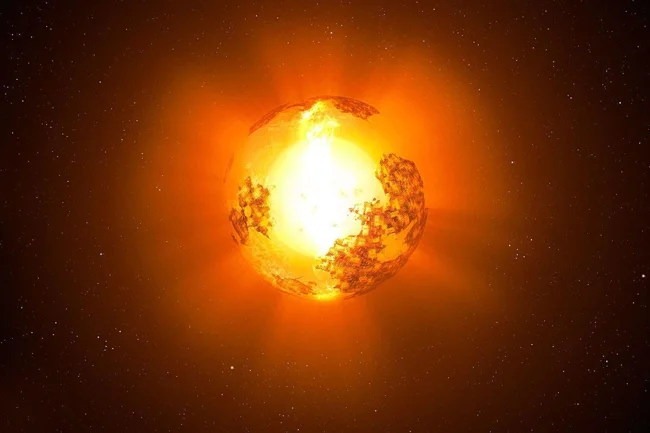
The star is unusual in that its mass is 1.4 solar masses, and regularly significantly reduces its brightness. This phenomenon can even be observed through a telescope. What’s important is that the drop in brightness is so significant that it’s as if someone is deliberately “turning on” and “turning off” the star.
However, in the end, it is generally accepted that the dips in brightness are caused by a cloud of material that cyclically covers Tabbys Star.
The largest star currently known 
Stephenson 2 is a star cluster about 20 thousand light years away. It contains the star Stephenson 2-18, which is 40 thousand times greater in mass than the Sun and 2150 times in radius. 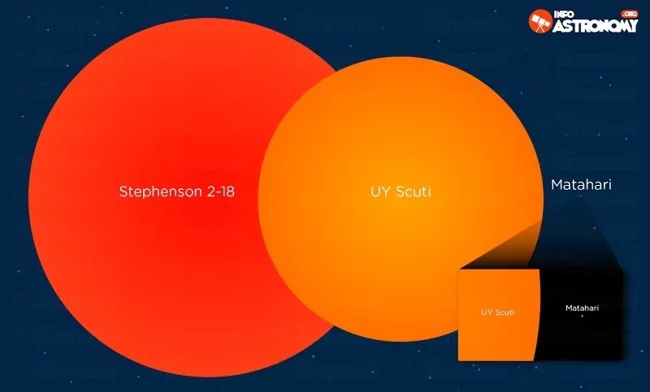
If the star were in the solar system, then the surface of the star would absorb everything that is closer to the Sun than Saturn. And him too.
Huge galaxy 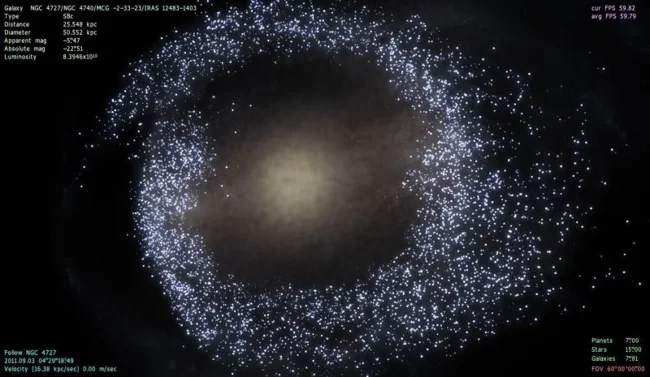
IC 1101 was discovered by astronomer William Herschel in 1790. He thought that in front of him was a supergiant star. But it turned out that this is a lenticular galaxy, the diameter of which is more than 4 million light years, that is, 40 times larger than the Milky Way.
Ring galaxy 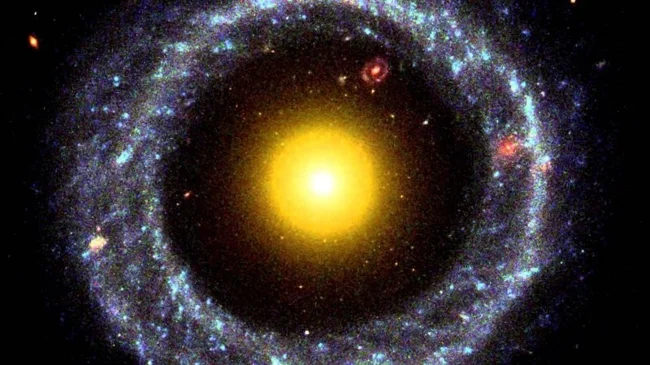
As a rule, the galaxies we know have certain shapes. But the Hoags Object, or Hoag's object, is different from everything known to us. This galaxy is ring-shaped and we see no evidence of a collision between the two old galaxies. 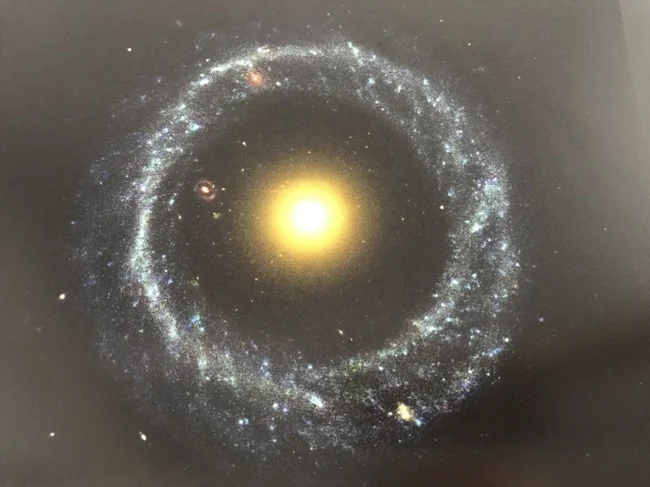
Its diameter is similar to the size of the Milky Way, but the difference is that there are old stars in the core, and young stars in the rings. And new ones are constantly being formed there.
Red Rectangle Nebula 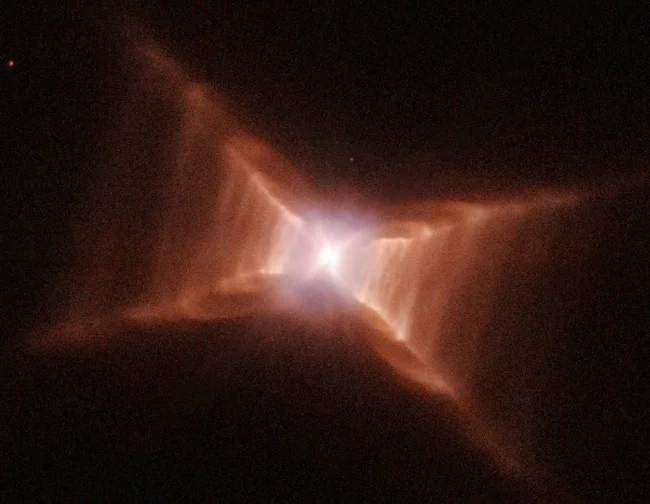
This is the Red Rectangle Nebula. Its difference from other nebulae is that its shape is truly unusual: as a rule, these are objects of irregular shape.
Scientists have not yet been able to explain why this object is of this shape, and the study of the nebula is still ongoing.
There are still many unusual objects in our Universe. Next time we'll talk about voids, other black holes and strange nebulae that, in a good way, should not exist. What other unusual objects do you think are in the Universe?
0 comments


